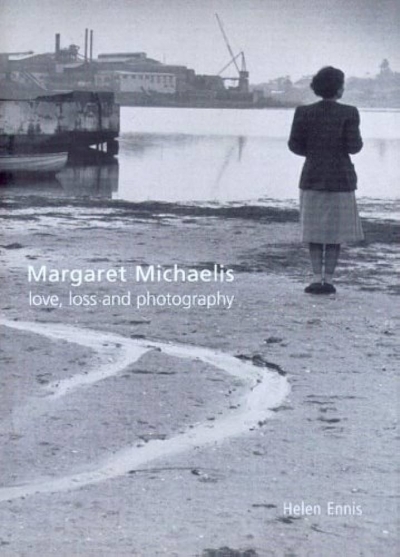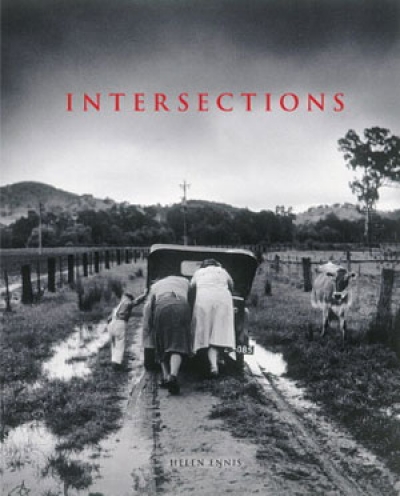Helen Ennis
Eye Contact: Photographing Indigenous Australians by Jane Lydon
Margaret Michaelis: Love, loss and photography by Helen Ennis
ABR welcomes letters from our readers. Correspondents should note that letters may be edited. Letters and emails must reach us by the middle of the current month, and must include a telephone number for verification.
Behold how low
Dear Editor,
Robert Manne’s review of my book Washout: On the Academic Response to the Fabrication of Aboriginal History (ABR, May 2005) avoids most of my criticisms of Whitewash: On Keith Windschuttle’s Fabrication of Aboriginal History, and misrepresents the rest.
... (read more)Intersections: Photography, history, and the national library of Australia by Helen Ennis
The other day, in a stairwell within the National Library of Australia, I opened a door, expecting it to lead to a corridor and a suite of offices. Instead, I found myself inside a dimly lit room filled with rows of book-laden shelves. As I looked for the exit, I saw a man removing a book from the bottom shelf. Another man walked past me carrying books and said hello. It was like a scene from Being John Malkovich, surreal and delightful, and it characterises my last few months at the National Library, where I have been curating a two-part exhibition, In a New Light: Australian Photography 1850s–2000 (the first part, which deals with the processes of colonisation, opened on 9 October 2003 and will close on 26 January 2004, and the second, focusing on modern life, will open next August).
... (read more)







